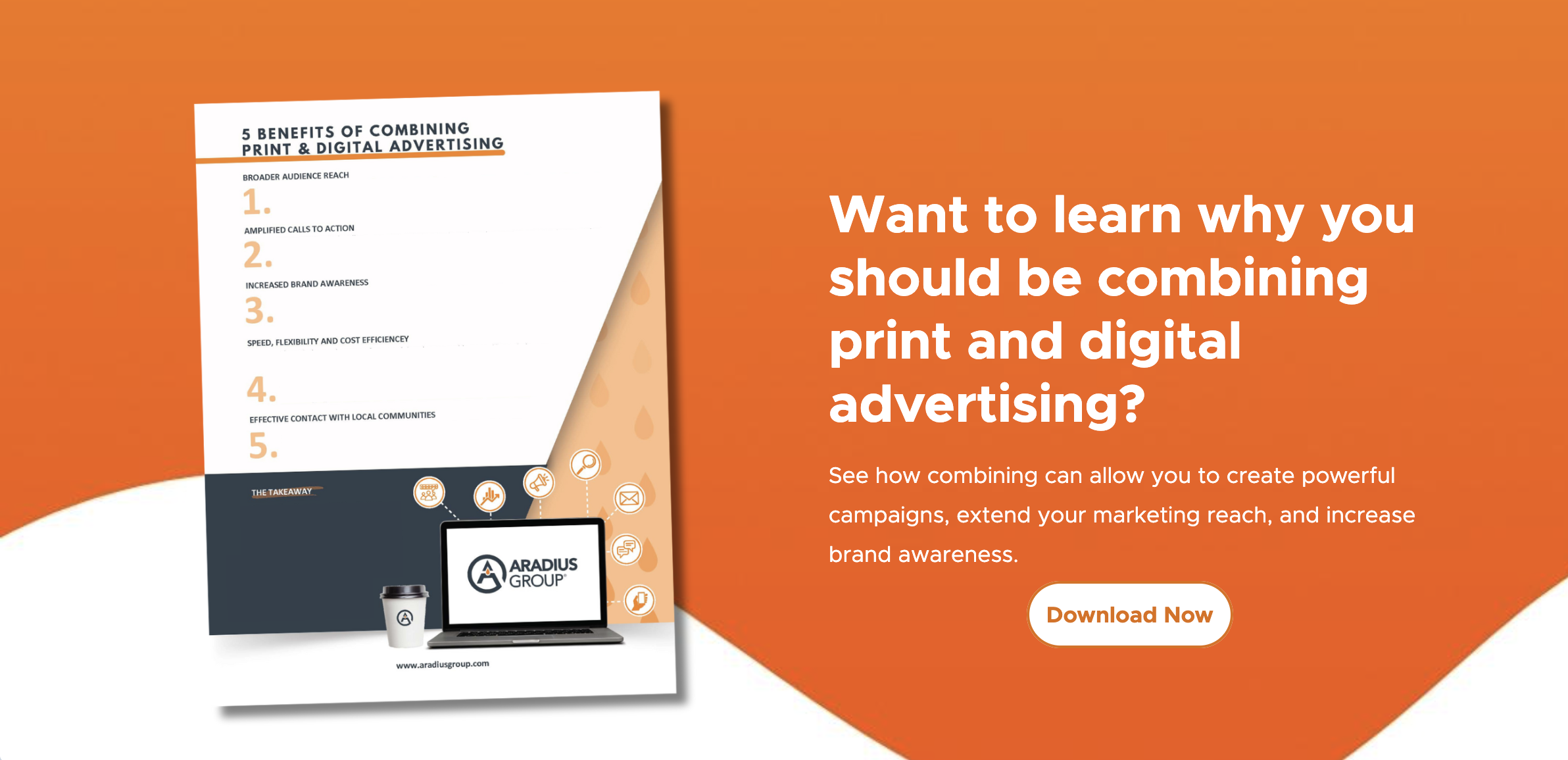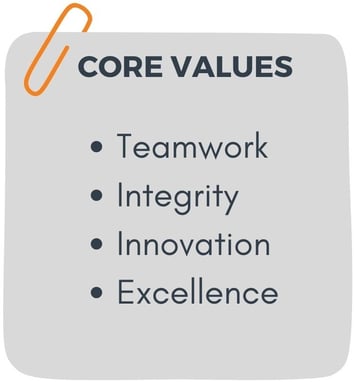Do You Know Your Brand's Tone of Voice?
We've all heard it before - effective communication is essential. This principle holds true in every aspect of life, and especially when it comes to building connections with your brand. By establishing a distinct tone of voice for your brand, you allow people to truly understand and connect with your brand's identity.
Let's dive into what a brand's tone of voice is, why it matters, and how you can discover yours.
What is a brand's tone of voice
A brand's tone of voice is the style a business chooses to communicate with their audience. This could include choice of words, brand personality and tone. This type of branding is important when it comes to your business because it’s what will help a customer identify your brand and can help create a vision.
Why does a brand's tone of voice matter
Your voice is different and helps you stand out from other people, right? As a brand, it’s the same thing. What you say and how you say it matters. A brand's tone of voice is one of the most important parts of forming a brand identity and tone, because it shapes how your customers view your brand. The goal is to always be recognizable and consistent in everything you do as a brand and build a personality that consumers can trust.
As Artificial Intelligence continues to grow it’ll be even more important to have a specific tone of voice for your brand. AI can help with a lot of things, but it isn’t a person, so it doesn’t have a personality. Make sure your company is doing their part to have a strategic tone of voice to cut through the noise of AI and other digital platforms.
And you can learn more about the importance of combining print and digital with our guide, The 5 Benefits Combining Print & Digital Advertising.

How to tell what your brand's tone of voice is
Every brand has its own unique tone of voice, and figuring out what yours is can involve similar steps. Let's explore a few effective methods for identifying and defining your brand's tone of voice.
Find your core values
Your company has these and you’ve probably seen them dozens of times. So, what are they? How do you implement them into your day-to-day actions with customers? Make sure you’re putting your companies core values at the forefront of everything you do, so they can have a great experience.

Identify your audience and personas
Has your company already taken the time to figure out your buyer personas? If not, start there. Having buyer personas will help you narrow down who your audience is and how you can best speak to them during the buying process.
Remember, it isn’t enough to just know your audience though, you must pay attention to your audience, as well. Get to know them, find out how they like to interact with your business. This may mean you need adjust your brand's tone of voice overtime.

Define your tone of voice
Every brand has a tone they use that helps them stick out. Do you know your company’s tone of voice? If not, ask! It’s important to make sure everyone is using the same tone and phrases with customers. Are you going to be serious or funny? Formal or casual? Enthusiastic or matter of fact? These are important things to discuss so you know how your company wants you to address customers.
The Takeaway
Understanding and embracing your brand's tone of voice is crucial for building meaningful connections with your audience. By carefully selecting the style, words, and personality that align with your brand's core values, you can create a distinct and recognizable identity. Your tone of voice sets the stage for how customers perceive your brand and helps to establish trust and authenticity.
So, take the time to define your brand's tone of voice as it is a vital element in shaping your brand's identity and building lasting relationships with your audience.

